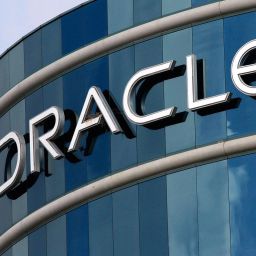Migrating business processes and applications to the public cloud enables companies to move away from paying for and maintaining their own infrastructure.
When an organization is considering moving to the cloud, what is the best source of data for migration planning? It’s often the data generated by the IT Asset Management (ITAM) program. ITAM data is integral to building the business case for migrating to the cloud.
Data about IT assets – what’s deployed and actual usage – can be used to make decisions on whether or not migrating to the cloud makes sense for your business. In the absence of reliable data, organizations will spend an inordinate amount of time – even weeks or months – collecting data about their desktop and data center assets and applications. The migration team will be forced to walk the halls of your offices, interviewing employees to gain an understanding of what assets they have and how they are being used. With a reliable ITAM program in place, this type of data should be readily available and up-to-date. When your ITAM team can produce this type of valuable information to the migration team, you can earn a seat at the table and become more strategic to the business.
As part of the ITAM function, you will need to provide your internal customers with the data they need to take full advantage of their IT assets. This includes usage-versus-capacity data which can lead to recommended changes to the environment. For example, through usage analysis, a department may find that they no longer need a SQL server license because it’s not being used enough to justify maintaining it. Organizations can use IT asset data to determine which assets should be maintained and subsequently optimized. They can make continuous adjustments and improvements.
Once your organization moves a business process or application to the cloud, then you will need to monitor usage since almost everything cloud is based on a usage model.
ITAM and SAM tools are essential for pre-and post-migration. For migration planning, a tool can provide insight into server and application usage. During migration, tools can help ensure that all necessary systems and applications have been set up and included in the cloud environment. For post migration, a tool can analyze and verify what your organization is actually using. With subscription licensing in the cloud, your organization pays a fixed cap based on usage. It’s important to have the capability to analyze and verify what you’re actually using versus what you are paying for and optimize the instance type based on actual usage. If your organization can commit to a particular level, you can save on your subscription expense.
AWS and other cloud tools can often provide utilization reporting. While AWS and Azure tools can provide server utilization monitoring and CPU and I/P, they are unable to provide memory details and similar data since this resides at the hypervisor level. The data that end-users can acquire from tools like Eracent is far more granular and quick to obtain.
Cloud is still considered cutting edge and not all SAM tools available in the marketplace can track and manage IT assets both on premises and in the cloud. Many legacy discovery and usage tools and techniques cannot be used in cloud environments. For example, you cannot install an agent and typically cannot acquire the credentials to run agentlessly. Eracent, as well as some other legacy vendors, have adopted new techniques for gathering this data.
Based on recent customer experience, we are seeing companies save months of time on migration planning by having access to reliable data about their IT assets. We are also seeing companies benefit from accurate and complete data on their licensing in cloud environments, which enables them to save money on their subscriptions. ITAM provides a valuable service to the business, and extremely important data for pre-and post cloud migration.

– by William Choppa
William Choppa is the President of Eracent. He has almost twenty years’ experience helping clients meet their ITAM and SAM challenges with his knowledge of technical solutions and business process best practices.





